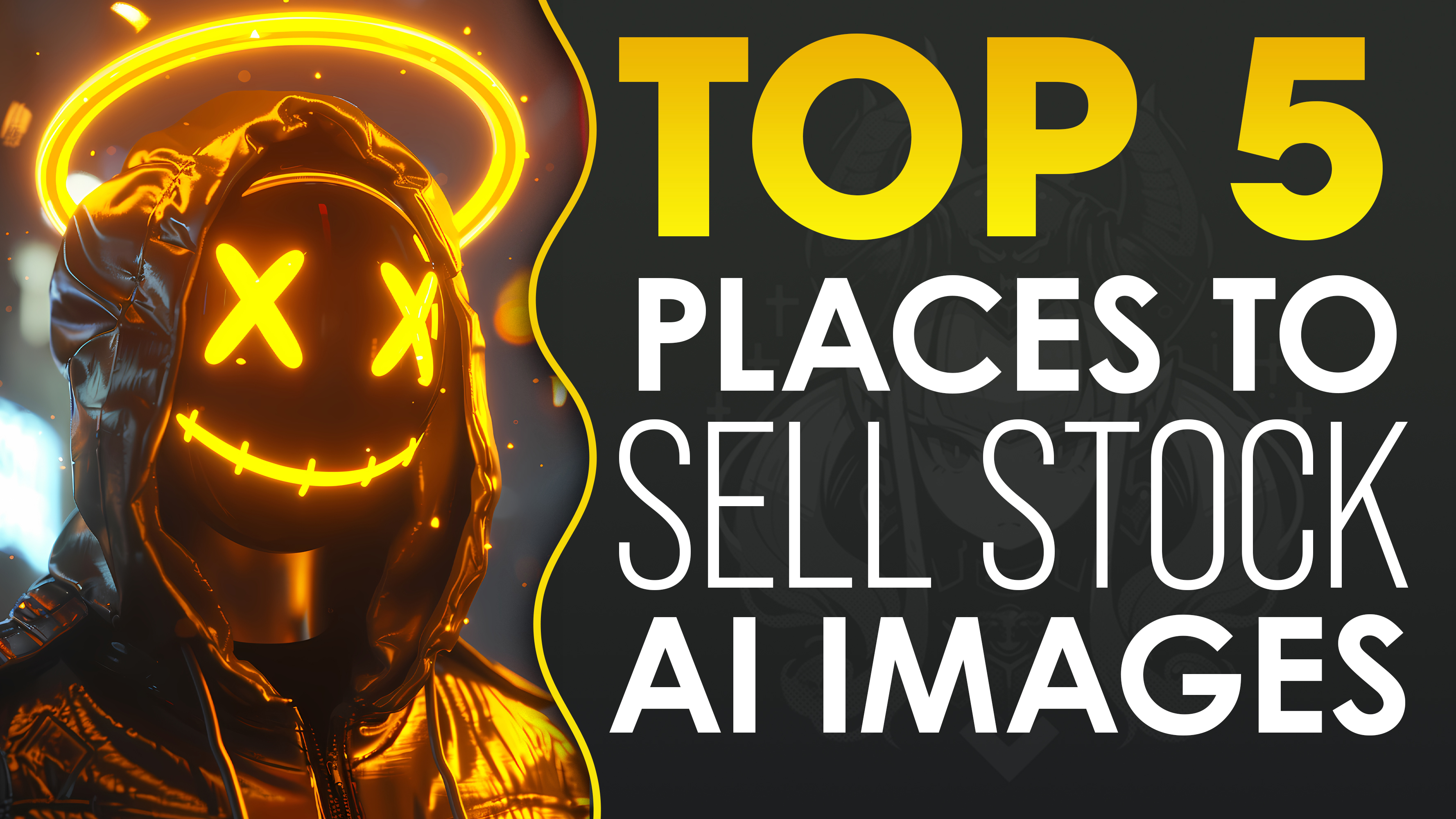https://www.youtube.com/watch?v=4NAuGJWhtLY&t=110s

Selling AI art for money involves leveraging artificial intelligence to create unique artworks that can be monetized in various ways. Here’s an overview of the process and key considerations:
Creation of AI Art
-
AI Tools and Platforms:
-
Artists can use AI tools like GANs (Generative Adversarial Networks) and software such as DeepArt, Artbreeder, and DALL-E to generate art.
-
These tools can either create art from scratch or enhance and modify existing images.
-
-
Skills and Knowledge:
-
Basic understanding of AI and machine learning can be beneficial.
-
Knowledge of traditional art principles helps in guiding the AI to produce aesthetically pleasing results.
-
Selling AI Art
-
Online Marketplaces:
-
Platforms such as Etsy, eBay, and Redbubble allow artists to sell prints and digital downloads of their AI-generated art.
-
Specialized art platforms like Saatchi Art and Artfinder can reach more art-focused audiences.
-
-
NFTs (Non-Fungible Tokens):
-
NFTs have become a popular way to sell digital art. Platforms like OpenSea, Rarible, and Foundation enable artists to mint and sell their AI art as NFTs.
-
Blockchain technology ensures the uniqueness and ownership of the digital artwork.
-
-
Social Media and Personal Websites:
-
Artists can use social media platforms like Instagram, Twitter, and TikTok to showcase their work, attract followers, and direct traffic to their online stores.
-
Personal websites or online portfolios can serve as a central hub for showcasing and selling AI art.
-
Marketing and Promotion
-
Building a Brand:
-
Consistency in style and theme can help build a recognizable brand.
-
Engaging storytelling about the art creation process and the technology used can attract interest.
-
-
Collaborations and Partnerships:
-
Collaborating with other artists, influencers, or brands can expand reach.
-
Participating in online and offline exhibitions, contests, and art fairs can increase visibility.
-
Legal and Ethical Considerations
-
Copyright and Ownership:
-
Clarifying the ownership of AI-generated art, especially if using open-source AI tools or collaborating with other artists.
-
Understanding the legalities around selling AI-generated art in different jurisdictions.
-
-
Ethical Issues:
-
Ensuring that the AI tools used do not infringe on existing copyrighted works.
-
Being transparent about the use of AI in the creation process to maintain trust with buyers.
-
Financial Aspects
-
Pricing:
-
Pricing can vary widely based on the uniqueness of the artwork, the artist’s reputation, and the sales platform.
-
Offering various pricing tiers for prints, digital downloads, and original pieces can cater to different buyer segments.
-
-
Payment and Transactions:
-
Setting up secure payment methods and ensuring smooth transaction processes.
-
Considering transaction fees on different platforms and incorporating them into pricing strategies.
-
By combining creativity with technology, artists can explore new avenues for monetization and reach a global audience with their AI-generated art. Success in this field requires a blend of artistic skill, technical knowledge, and savvy marketing.




评论 (0)